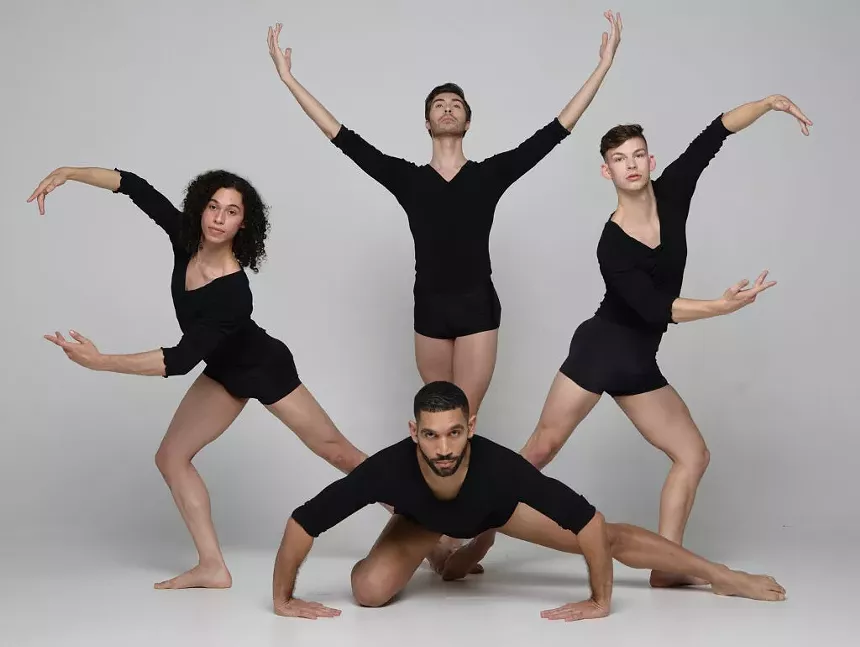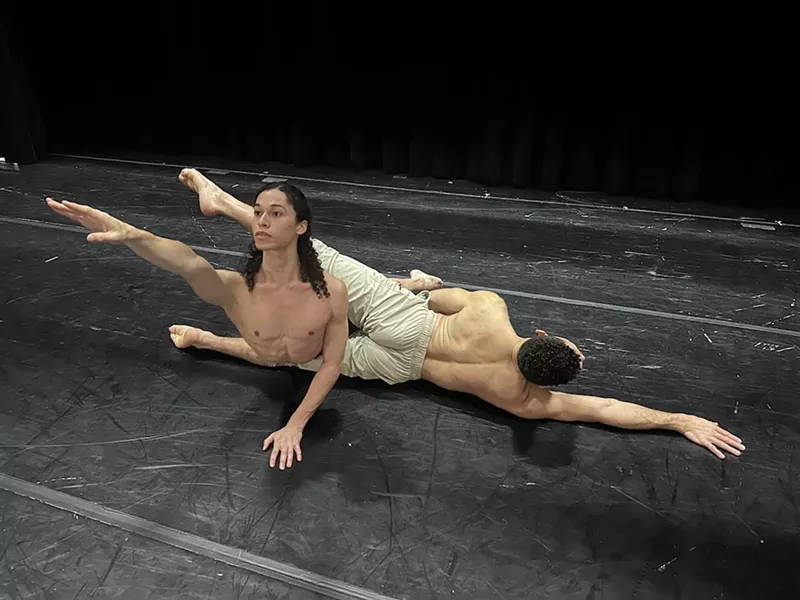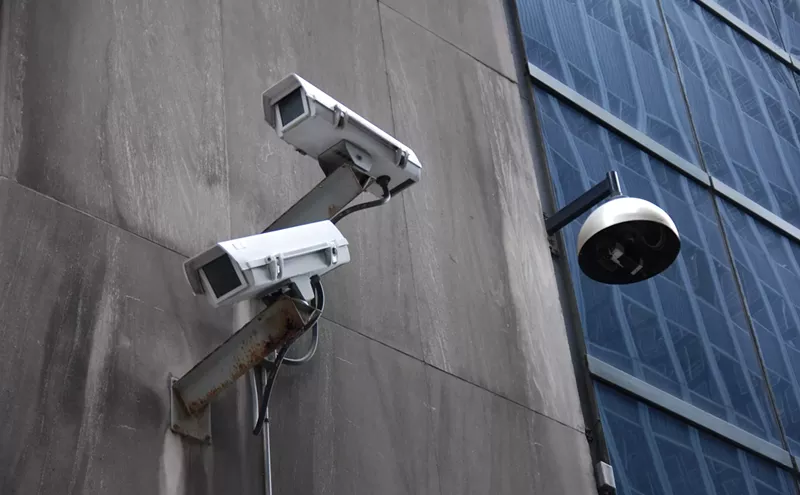Artistic directors of Dance Now! Miami Diego Salterini and Hannah Baumgarten had more than a few reasons to stage an Arpino work in their upcoming Program III. The Relativity of Icarus, choreographed by Arpino, who cofounded the Joffrey Ballet with Robert Joffrey and later became its artistic director, premiered in New York City in October 1974.
Now, the work is in danger of being lost. No original recordings of the ballet exist and Arpino died in 2008, taking much of the dance with him. Salterini and Baumgarten who, since 2010, have taken great care of curating canonical works of 20th-Century dance masters for Dance Now! Miami. Past programs have included works by Isadora Duncan, Doris Humphrey, and José Limón.
To reconstruct Icarus, Salterini and Baumgarten turned to former Joffrey Ballet principal dancer Cameron Basden, who is on the board of directors for the Gerald Arpino Foundation and acts as a principal répétiteur of his works, authorized to teach and rehearse Arpino’s choreographies throughout the world. Basden is also the founder and artistic director of Miami Dance Hub.
The short, 12-minute ballet for three performers received fiercely negative criticism after its 1974 opening at the New York City Center and its 1978 reprisal.
New York Times dance critic Anna Kisselgoff questioned whether the work was just “a nightclub adagio act for two near‐naked men” while New Yorker critic Arlene Croce described the work’s central duet as “an endless vision of the young and gay in one another’s crotches.”
“The homoerotic undertones of the work made it very controversial at the time of its debut,” explains Salterini.
For his part, Arpino maintained that the critics were wrong and that his Icarus was a retelling of the theme of paternal love embodied by the ancient myth of Daedalus and Icarus. In the Minoan myth, the great Greek inventor, Daedalus, created wings of feathers and wax so that he and his son could escape a tyrant’s clutches.
Despite his father’s warning, Icarus destroyed his wings by flying too close to the sun and died plunging into the sea.
Baumgarten says that the work was even considered scandalous when it premiered.
“We really felt confident that enough had changed since 1974, and the homoerotic overtones of Icarus would take a back seat to the dramatic dance-reimagining of the Greek myth,” she says.

David Jewett and Anthony Velazquez will perform the roles of Daedalus and Icarus.
Photo by Hannah Baumgarten
“Knowing Arpino the way I did, I’m sure there must have been an element of his personal taste in there,” says Basden. “However, he would have been so convinced of the story he was telling — the story of a father ‘giving wings’ to his son — that it would have taken priority in his mind. The son who becomes enamored, or addicted, to something [the sun] and the eventual demise of the one thing that the son holds most dear, his father.”
Basden says there were a number of difficulties restaging Icarus, including that the ballet’s original music by Minneapolis Symphony conductor and composer Gerhard Samuel had been lost. Samuel died in 2008.
“To my knowledge, there is no recording of the actual ballet itself,” says Basden. “We do know that Gerhard Samuel composed the score Arpino adapted for the 1974 ballet. We have received permission to use a recording of a performance made [of Samuel’s work] on February 1, 1971, at the Fireman’s Fund Theater in San Francisco.”
Basden says she is still searching for some of the music, including the opening solo danced by the “Sun,” which will be performed by DNM dancer Julia Faris.
From the standpoint of dancing, Icarus poses its own challenges from the ballet’s scanty costuming to its set design.
“With a 12-foot diameter platform that is raked [meaning a tilted dancing surface], giant hanging mirrors, ropes, and ribbons, the technical theater aspect of the piece is almost as daunting as the near-acrobatic dancing,” says Baumgarten, who described the Icarus reconstruction as “monumental.”

David Jewett, Austin Duclos, Anthony Velazquez, and David Harris in Gli Altri/The Others
Photo by Simon Soong
Set in a train station, Gli Altri/The Others (“gli altri” is Italian for “the others”) unfolds with dancers crisscrossing the stage as different kinds of people momentarily cross paths on the way to their destinations.
Salterini notes that he drew inspiration for the ballet from the sensation of imagining someone’s story on the basis of how they look or behave in anonymous public spaces that teem with all kinds of people.
“We see so many people, so many faces that catch our eye and often times draw conclusions about them only based on what we see,” says Salterini. “But what is the story behind? How far off are we in our assumptions, sometimes not far at all, some other times we are on a different planet.”
When asked how the new work fits with a heavyweight piece like Icarus, Baumgarten contrasts attitudes in the 1970s with present-day social trends.
“In the end, we are discovering that here in Florida we are experiencing some backlash in the progress on social issues and it is tough to see,” she says. “So, in a way, creating a piece that addresses ‘the others’ the unknown, hidden, overlooked is a good fit... but in a way it is a reminder of how the ballet and the choreographer himself were demonized and diminished for being ‘other,’ for showing that perspective.”
Note: The program contains some adult content and themes and may not be appropriate for all audiences.
– Sean Erwin, ArtburstMiami.com
Dance Now! Miami’s Program III. 8 p.m., Friday, May 12, at the Broward Center for the Performing Arts, 201 SW Fifth Ave., Fort Lauderdale; and 8 p.m., Saturday, May 13, at the Aventura Arts & Cultural Center, 3385 NE 188th St., Aventura; 305 975-8489; dancenowmiami.org. Tickets cost $50.













